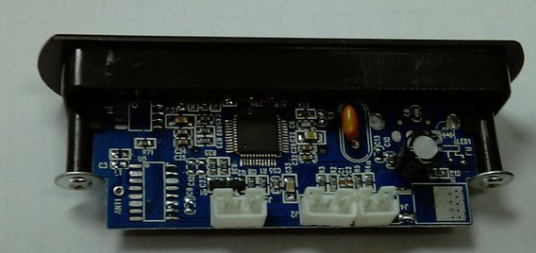The placement machine is the most important manufacturing equipment on the SMT production line. Generally, surface mount pick and place equipment (including a complete feeder) accounts for more than 60% of the total investment required for a medium-sized surface mount production line. Moreover, the throughput of the production line is mainly determined by the pick and place machines. Since no single type of placement equipment is most suitable for all applications, the work required to select equipment with a suitable paper feeding system should constitute a major part of the work spent in selecting basic equipment for the SMT production line.
Choosing the right automatic placement machine depends on many factors,

such as equipment complexity, applicable packaging and equipment standards, the type and quantity of parts to be placed, and current and future requirements for volume and flexibility
Maximum substrate size processing capacity
When choosing a placement device, the largest substrate or panel size that the machine can handle is the place to start. This requirement alone can eliminate many machines, and the maximum size should be used as the selection criterion for pick and place machines instead of the substrate size.
Placement rate
When choosing a placement machine or a group of placement machines to meet production requirements, you must determine the product mix, the number and type of components for each board, and the output. It is not enough to understand current needs. Also consider future needs and manufacturing plans.
The actual output depends not only on the placement speed of the machine, but also on the type of mixing and feeder used. The placement rate is also affected by the PCB size and the components used. Most importantly, a machine that frequently shuts down or needs maintenance, even if it runs very quickly during work, will adversely affect throughput
Other selection considerations
With the widespread use of components with larger sizes and finer pitches, the need for precise placement has become more prominent. In addition, repeatability rather than accuracy is a more useful criterion, that is, the consistent ability of the placement head to place the part at a specified target within specified limits.
Rotation accuracy is different from X/Y accuracy. For larger devices, the same degree of rotation deviation will produce larger deviations on some pads than smaller devices. Of course, for components with small spacing (<20 mil) and any components where the spacing between components is very tight, the acceptable tolerances will be tighter.
The software function of the placement machine determines how easy it is to program the circuit board placement. Different machines have different programming functions. Some are easier to use and friendlier than others.
Service, support and training
The patch industry is highly competitive, with many new suppliers entering the market, and many no longer exist. One criterion to keep in mind is the installed base of the equipment you are considering. After the equipment is shut down, can you get the parts and service support you need in time? When trying to meet delivery schedules, being able to get the machine up and running quickly is critical.
Equipment training and technical support are very important. A certain level of training will be provided at the user site after installation. The training time should be long enough to make the operator quite satisfied with the machine operation. Some companies not only provide training on specific equipment, but also provide training on other aspects of SMT process and design. Such training is a real help in reducing defects.